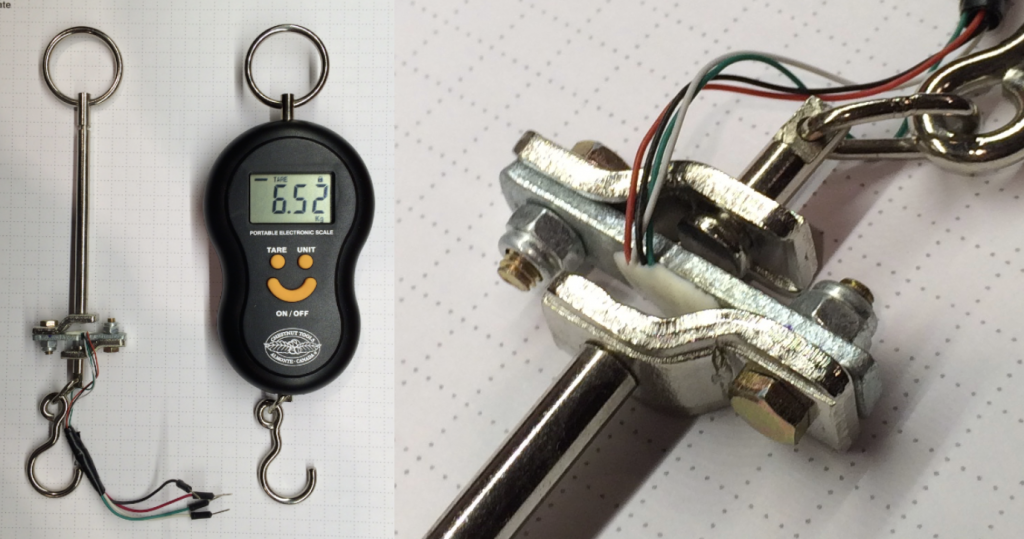13 Choosing Sensors for Stress, Strain, and Force
Measuring Stress, Strain and Loads
We’ll look at some more details of practical strain gauges for home made load cell applications in video 1, then into video 2 for some of the commercial load cells that we might buy for practical applications once we understand how they work. (watch the video 15:30 or review the PDF)
Here we find out a little more about applying strain gauges, building our own load cells, or more usually buying and using manufactured load cells. (watch the video 15:11 or review the PDF linked above)
The cantilever beam load cell we use in the lab will oscillate like this ruler, but a little faster. (video 0:14)
We can use a packaged shear beam load cell to do the same sort of tests we did in the lab. The system is much stiffer, so the natural frequency is higher. (video 7:43)
Follow https://www.hbm.com/en/2973/how-does-a-bending-beam-load-cell-work/ to learn more about load cells in real world engineering weighing applications. For reasons you’ll find out more about, you get better measurements of truck weights when they are sitting still.
Follow https://www.economist.com/technology-quarterly/2011/09/03/formula-1-goes-sailing for an example of strain gauges used for dynamic measurements in F1 auto racing and technology transfer to high performance sailing and other sports.

Inside this inexpensive luggage scale is a small beam load cell. Power is applied on the red and black wires and the small voltage signal from the bridge read on the green and white wires. The white goop on the beam protects the gauges and the wire connections, and holds the wires in place for strain relief. The tare button allows you to zero the scale.
Media Attributions
- LuggageScale © Rick Sellens is licensed under a CC BY (Attribution) license

